Mary and Flora MacKillop
May 9, 2021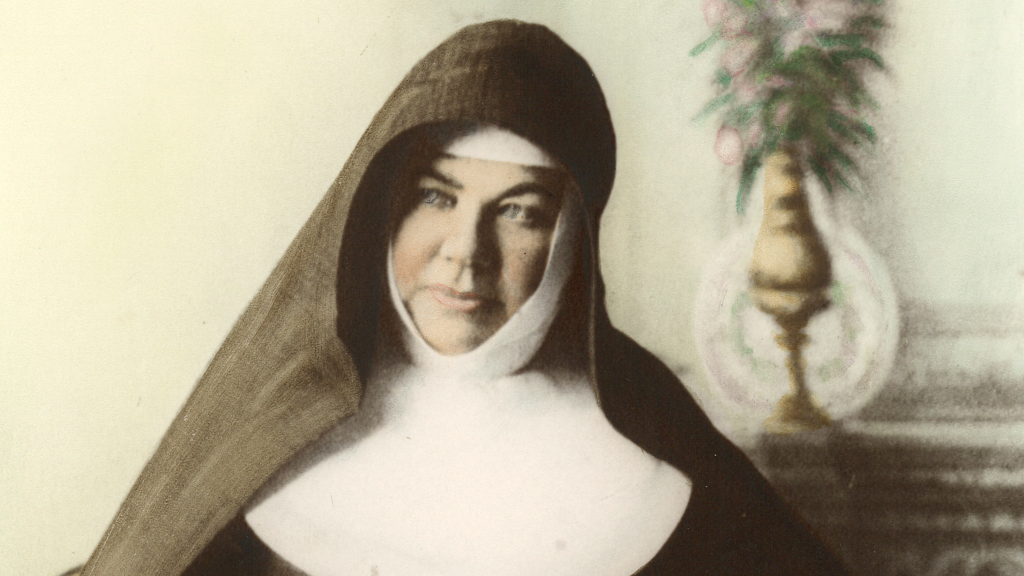
A mother’s love is epitomized by sacrifice, self-giving, nurturing, shaping and supporting.
Mothers rejoice in the creation of a child and enjoy the happiness of family life.
Flora MacKillop was an exceptional mother to her children, despite shouldering many of the burdens of the family alone.
Flora – A Woman of Faith
April 17, 2021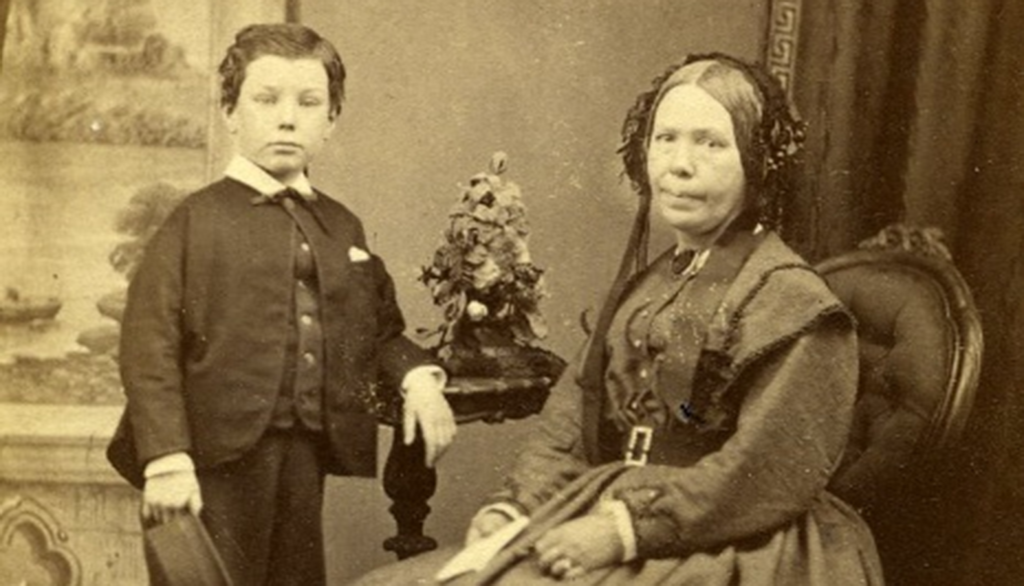
Their voyage was marred by tragedy, for Alexander aged 28 years, fell overboard during a fit of delirium brought on by an attack of typhoid fever. They eventually arrived in Melbourne in April 1840; however the sorrowing family had to spend two months in quarantine.
Reflection on Mary MacKillop
April 8, 2021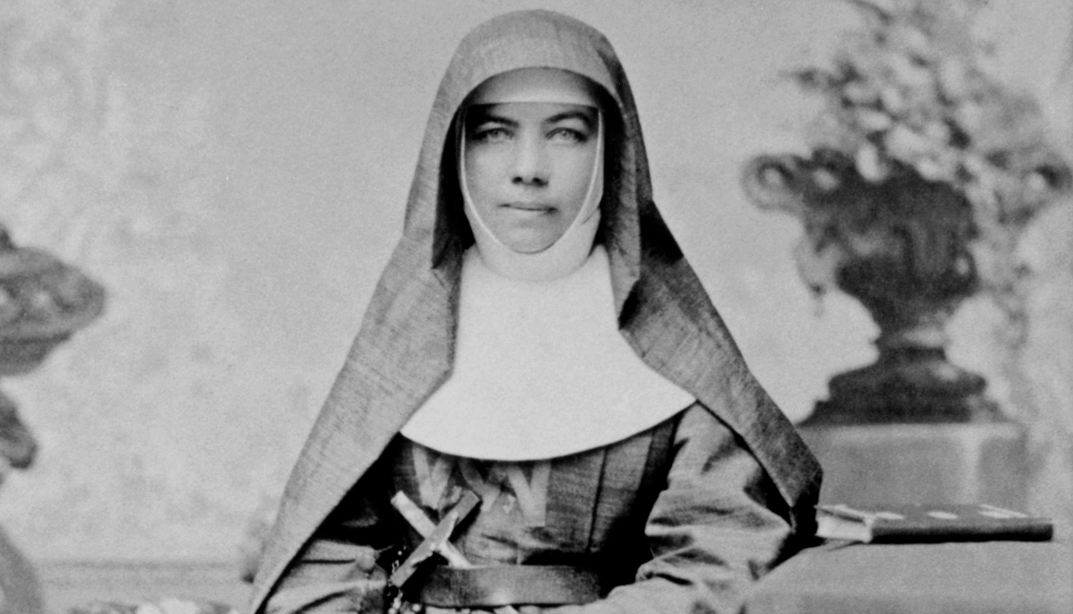
Strong women are rising up and making their voices heard in the workplace, in society and in the home.
The Australian of the Year, Grace Tame at a recent march for justice, implored women to be united in stamping out patriarchy. She boldly reminded us that allowing to let fear stop us from doing anything enables evil to thrive in silence.
Reflection on Mary MacKillop
March 8, 2021Reflecting on Mary MacKillop’s eventful life there is a realisation that she lived a type of nomadic existence.
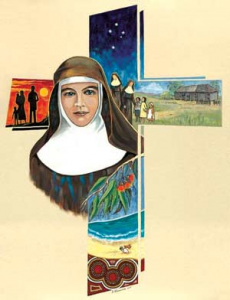 Her grounded spiritual approach to life enabled her to travel to establish new foundations and to meet the needs of the sisters and the needs of the times. Her journeys took her to many parts of the continent by many means of transport. As a woman of this era she imbibed a remarkable knowledge of the land and the conditions that ordinary Australians endured.
Her grounded spiritual approach to life enabled her to travel to establish new foundations and to meet the needs of the sisters and the needs of the times. Her journeys took her to many parts of the continent by many means of transport. As a woman of this era she imbibed a remarkable knowledge of the land and the conditions that ordinary Australians endured.
Her journeys were always taken in the spirit of Joseph. Joseph experienced many journeys into the unknown. We think of his life as being hidden and silent, yet he was a strong man of his time seeped in faith and spirituality as he protectively and courageously took on this special role. We are grateful for his witness of the Incarnation, for ensuring a safe return to Nazareth, for searching for Jesus, for teaching his child and for preparing Jesus for the enormous ministry he was about to embark on. Pope Francis reminds us:
Reflection on Mary MacKillop
February 8, 2021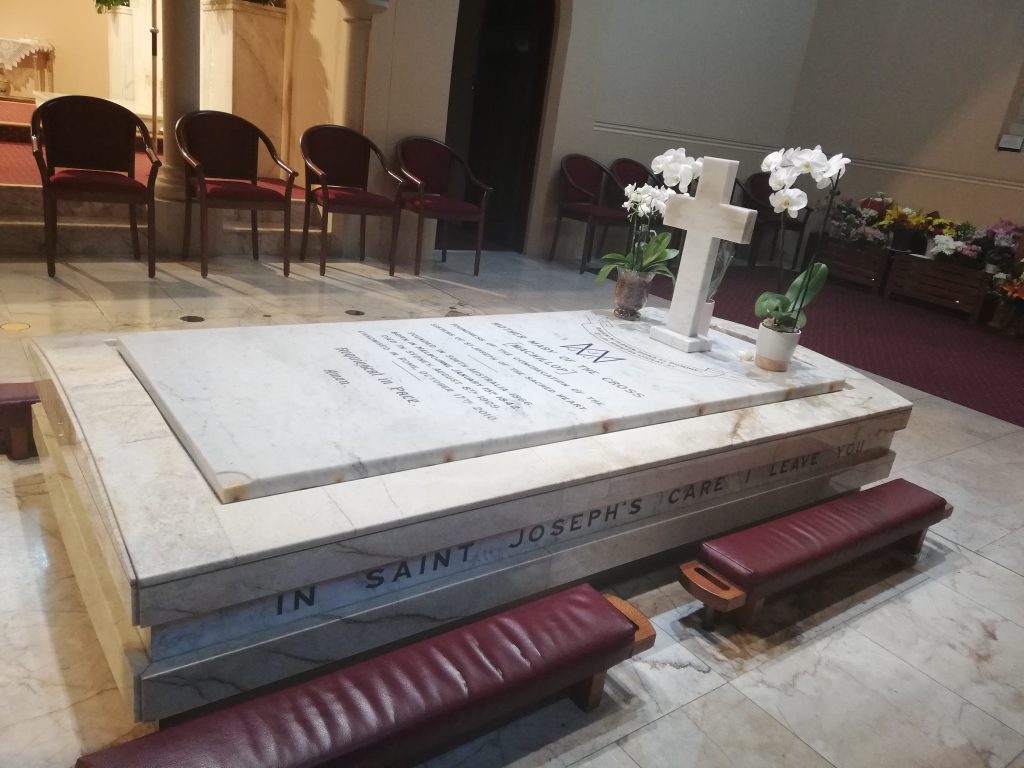
In his Apostolic Letter With a Father’s Heart (Patris Corde) Pope Francis has proclaimed this year as the Year of St Joseph.
In writing, Francis describes St Joseph “as a beloved father, a tender and loving father, an obedient father, an accepting father, a father who is creatively courageous, a working father, a father in the shadows.”
Mary MacKillop must be rejoicing and acclaiming Pope Francis from her Godly surroundings on such a profoundly wise and appropriate declaration of our patron St Joseph!
The Racetrack’s Appeal
January 19, 2021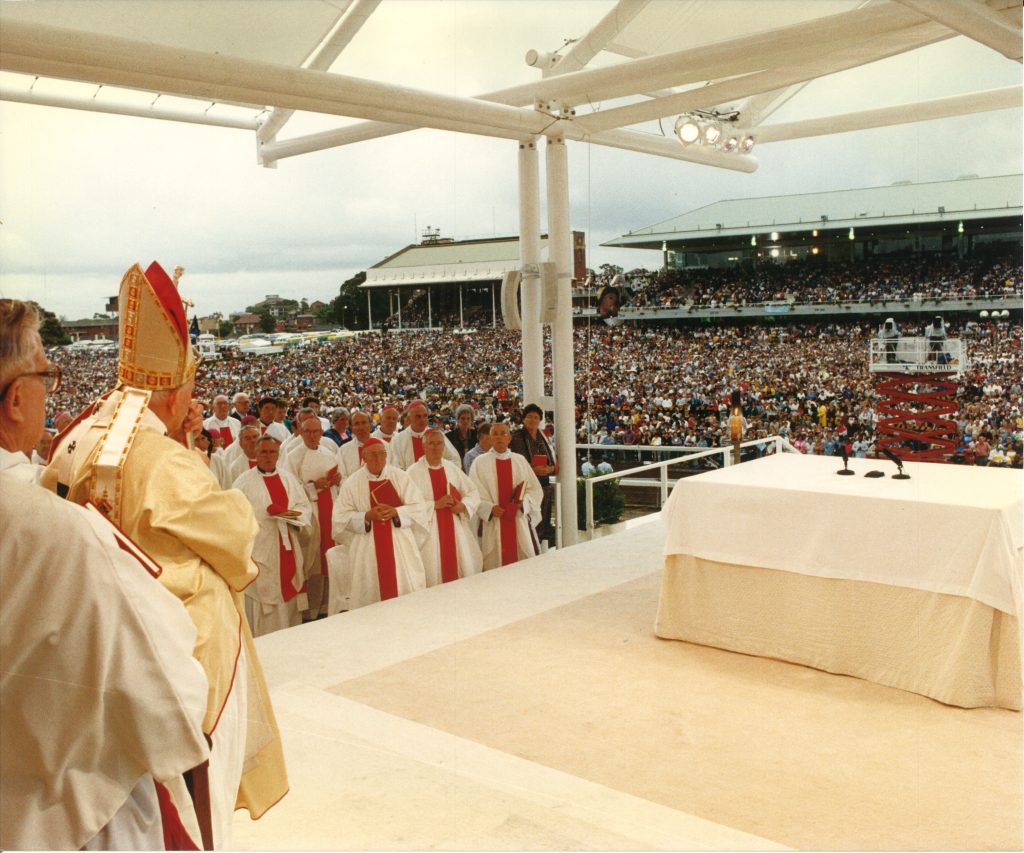
Mary’s Beatification Mass Remembered.
Mary’s Beatification stirred the hearts and minds of all Australians. As a first for this nation, everyone had to learn what beatification was all about. At the time I remember hearing of people talking about Mary’s beautification. That sounded so funny at the time and highlighted the need to understand further what beatification was all about. While there was no need for any further beautification of Mary, beatification gave her the title of Blessed and named and claimed her as a holy one, whose living of the Gospel, provided great inspiration and hope for all Australians and beyond.
Mary MacKillop’s Birthday (15 January)
January 15, 2021Beginnings are important. They often act as a prologue, as it were, to the meaning of what follows.
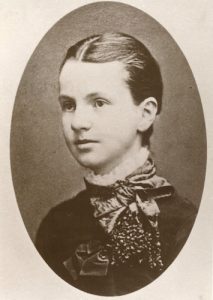
Over past weeks we have pondered the meaning of Jesus’ life as described in the infancy narratives of Matthew and Luke. Right from the beginning, we are told, the birth of Jesus would demonstrate the Good News he would be for the poor; his coming would bring light to the nations and show the world the true path to peace. In the midst of suffering and hardship, the message that God is present with us enables us to find hope, no matter how dense the darkness.
So what of the birth of Mary MacKillop? This child who would prove to be pioneer in so many aspects of Australian religious and social history was born of migrant parents in the pioneer settlement of Melbourne on 15 January 1842. Her father, Alexander, had arrived from Scotland barely four years before, and had married another migrant, Flora McDonald, on 14 July 1840. At first, the family’s prospects looked good, but through a series of unfortunate happenings, Alexander soon lost his favourable social and financial standing, ‘due to a combination of his character, his lack of business sense and the fact that there were a lot of smarter people around.’[1] Nevertheless, Alexander was an intelligent, educated man, passionate for the rights of all, no matter what their background. It can be attributed to his foundational influence that his daughter, Mary, would later be instrumental in assuring in Australia and beyond the right of every child to an education. Her belief in a classless society would bring her grief, as it did her father, yet since it was based on an understanding of the God-given dignity of every human being, it was integrated into her whole way of life, her growth into sanctity.
Reflection on Mary MacKillop
December 8, 2020The Queensland Sisters of Saint Joseph were honoured to have Bishop E. J. Cuskelly as chaplain.
Frank Fletcher MSC in one of his memorial lectures likens Cuskelly’s spirituality to the description by E.E. Cummings:
Bishop Cuskelly shared his spirituality with Mary MacKillop’s and fostered her saintliness in his preaching and in his writings.[1]
Mary MacKillop is the saint of reconciliation whom we all need. She excused and she forgave. Of a priest who had been the main cause of her excommunication and had told lies about her. She wrote:
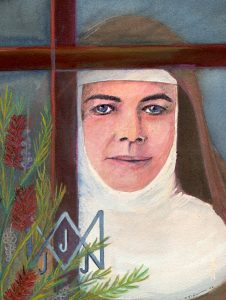
To some of the Sisters who had spoken untruths about her, she wrote: “I excuse and with all a mother’s heart I forgive. And I freely forgive and wish to forget, so I do entreat you my dearly loved ones, to forgive from your heart any sister that has pained you.” [2]
Cuskelly recounts a story from Mary’s teaching days at Portland where a school headmaster, Mr Cusack, came to the school. When the Inspector arrived to examine the classes, Mr Cusack poached the children from Mary’s and Annie’s classes and took credit for the well taught pupils while they were given the poorer students. By cheating, he prompted his class by giving answers behind the Inspector’s back. Mary’s father spoke loudly and strongly about these actions. Annie lost her job and Mary was blamed for what went wrong. All this took its toll on Mary. She was deeply hurt, was distrusted by some and it caused upset to the MacKillop family. Eventually Cusack lost his job and attributed blame to Mary. Again Mary was reconciliatory.
Mary Cresp’s sequel to this story demonstrates the depths of Mary’s forgiving heart and saintly life. When we read that Mary recognized an old acquaintance at Circular Quay, we are immediately engaged. However, when we discover that this dirty, alcoholic tramp was the schoolmaster whose cheating had led to Mary’s disgrace at Portland, the Gospel begins to unfold. For this man Mary sold her watch so that she could get him a suit of clothes and care. [3]
 Let us reflect:
Let us reflect:
- Mary MacKillop models a forgiving heart. Consider times you have been wrongly blamed, deeply embarrassed or hurt, or even lost friends or family because of a situation.
- What small gesture could heal a long time hurt?
- Often we suffer because of pride and an expectation on the ‘other’ to make the first move. In what small way can we emulate Mary?
Michele Shipperley rsj
Footnotes:
[1] Mary MacKillop – A Spiritual Model for All
[2] Ibid.
[3] Mary Cresp, Reflections on Beatification, 25 Jan 1995
